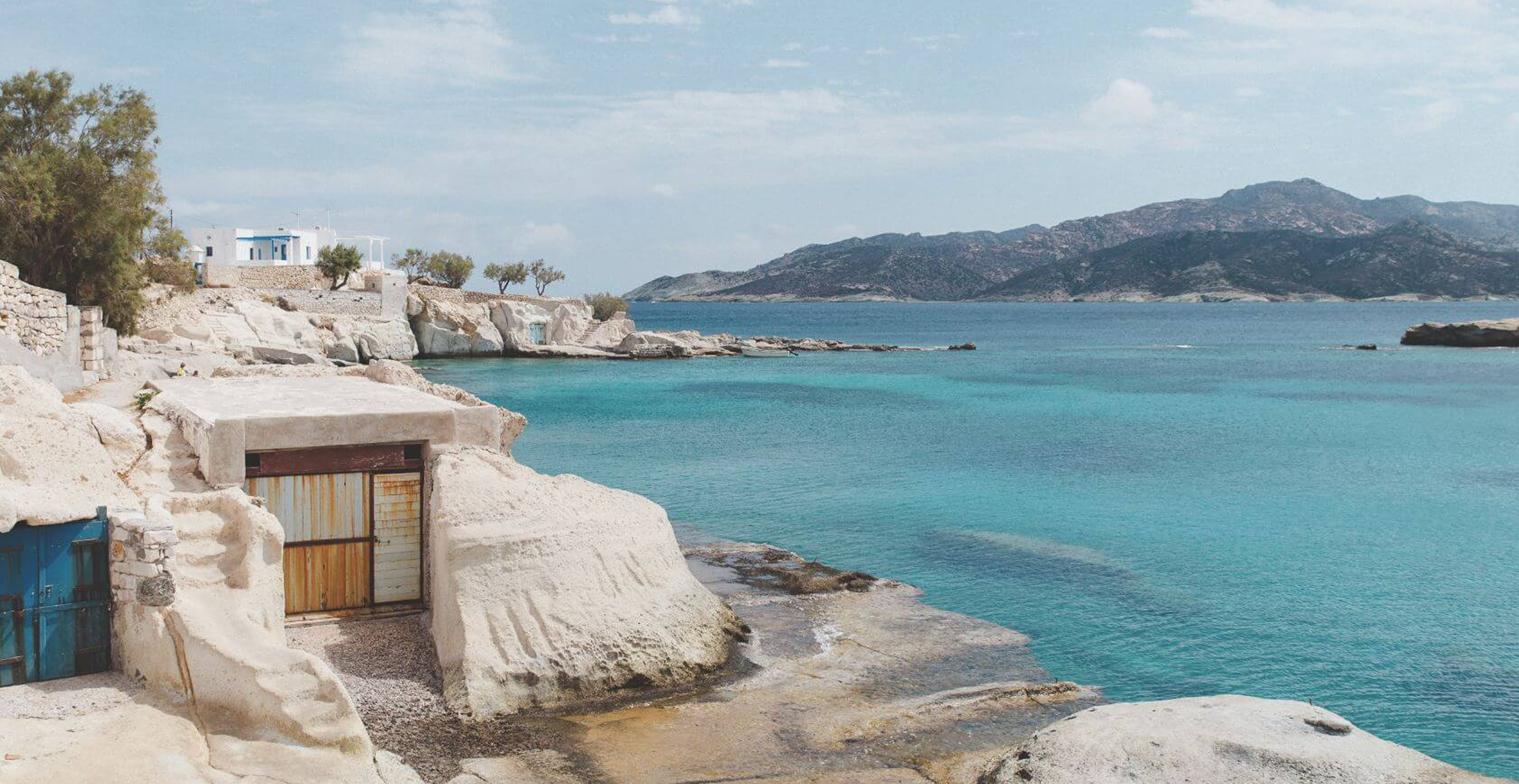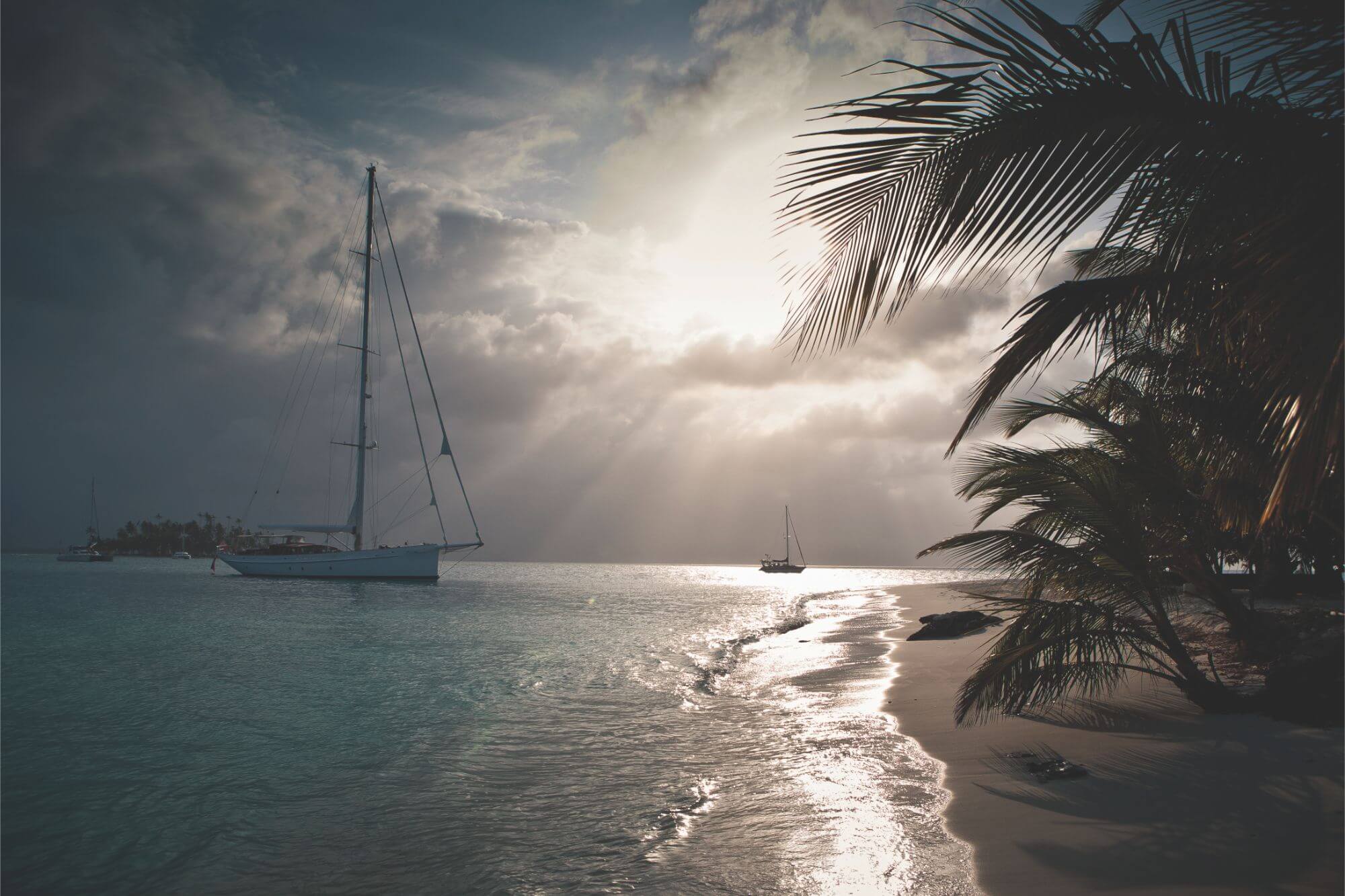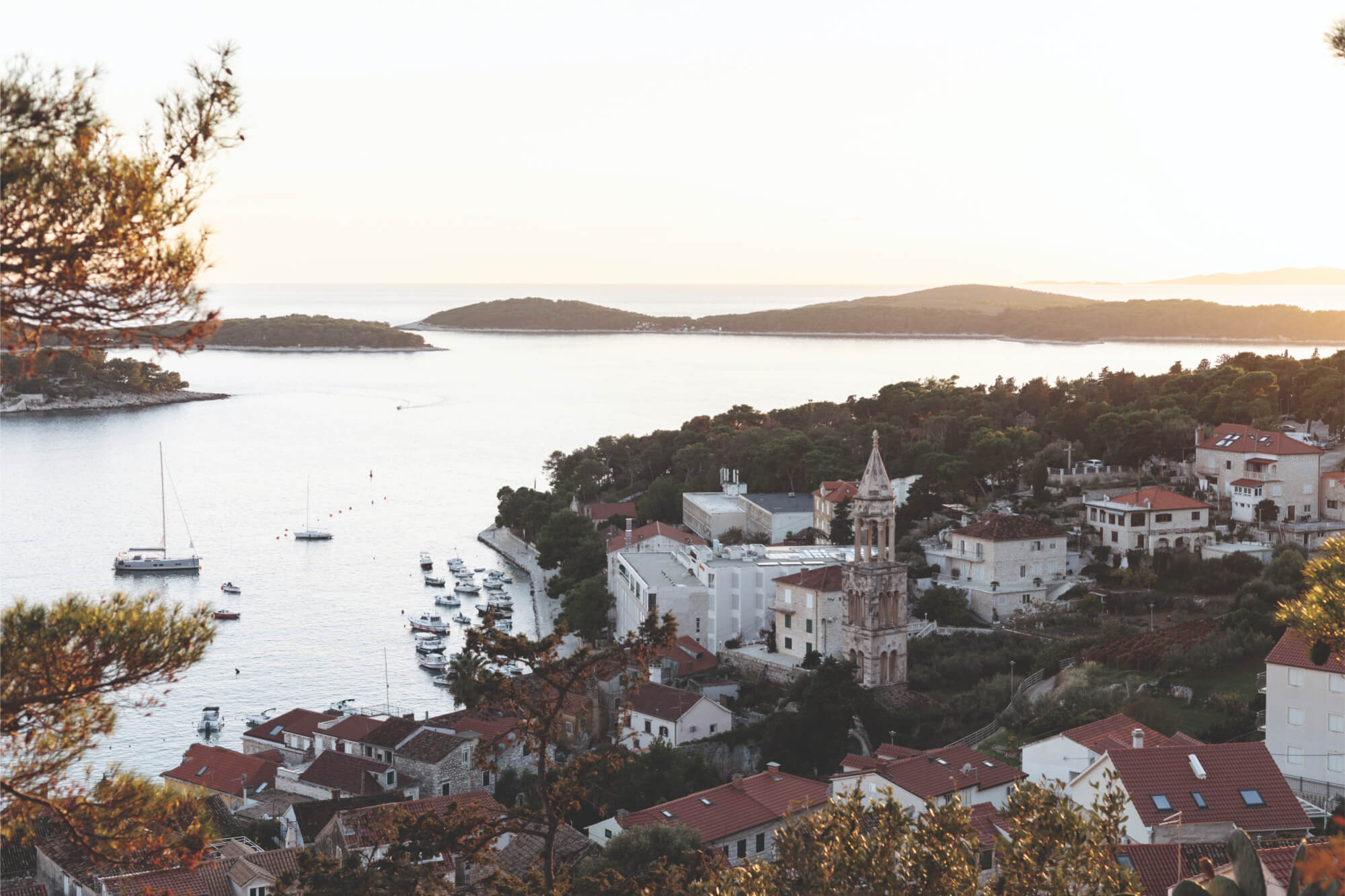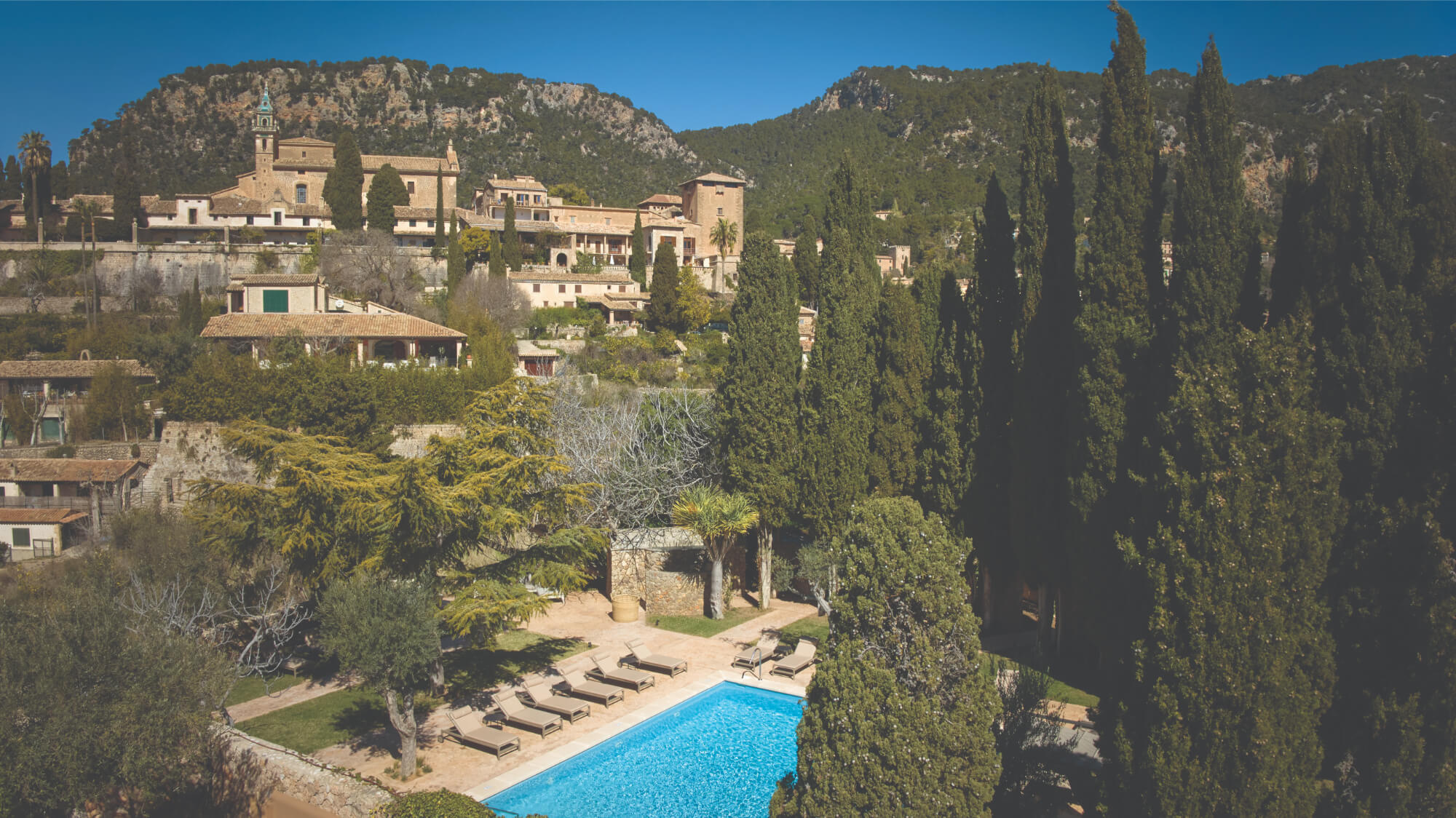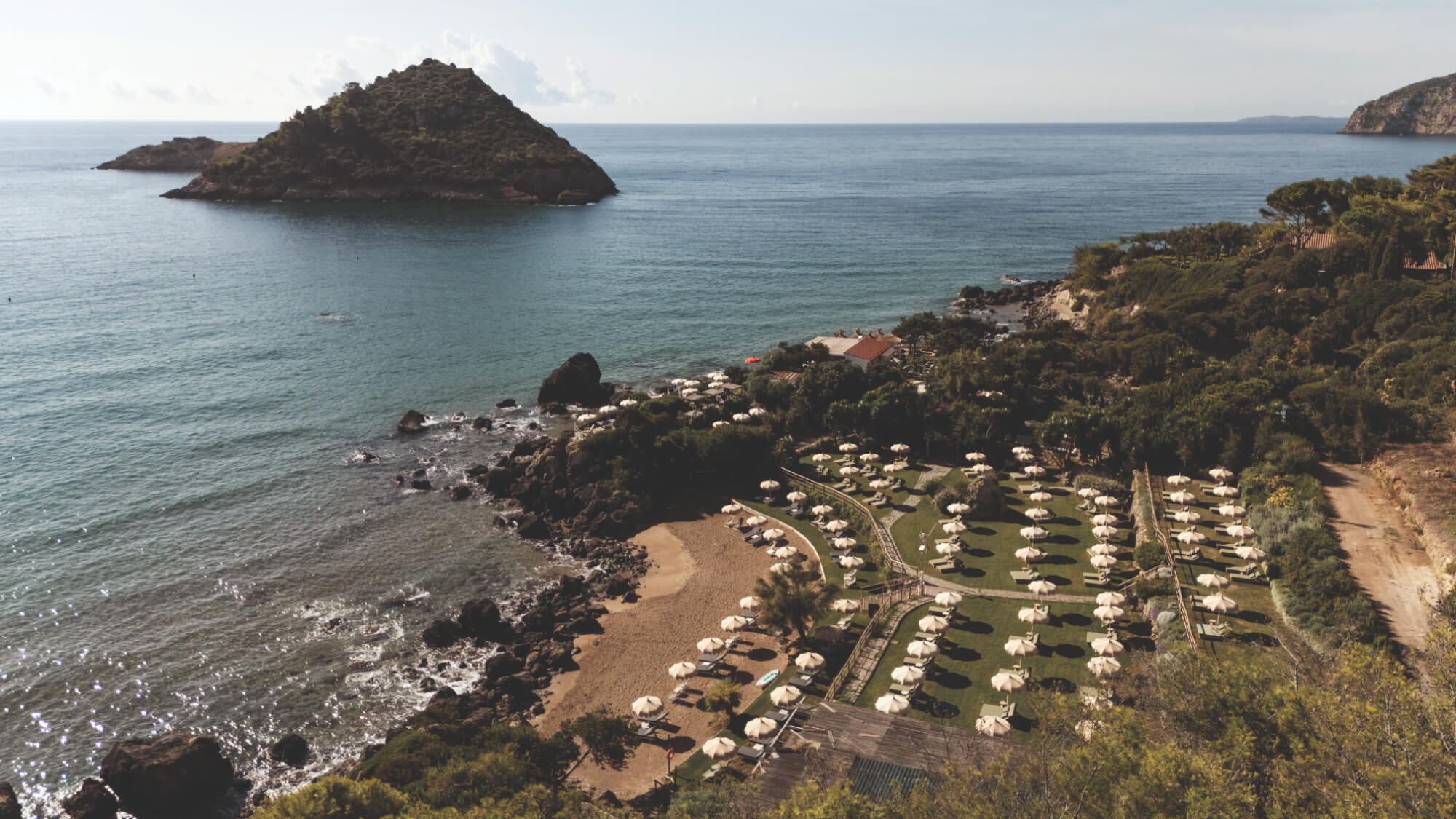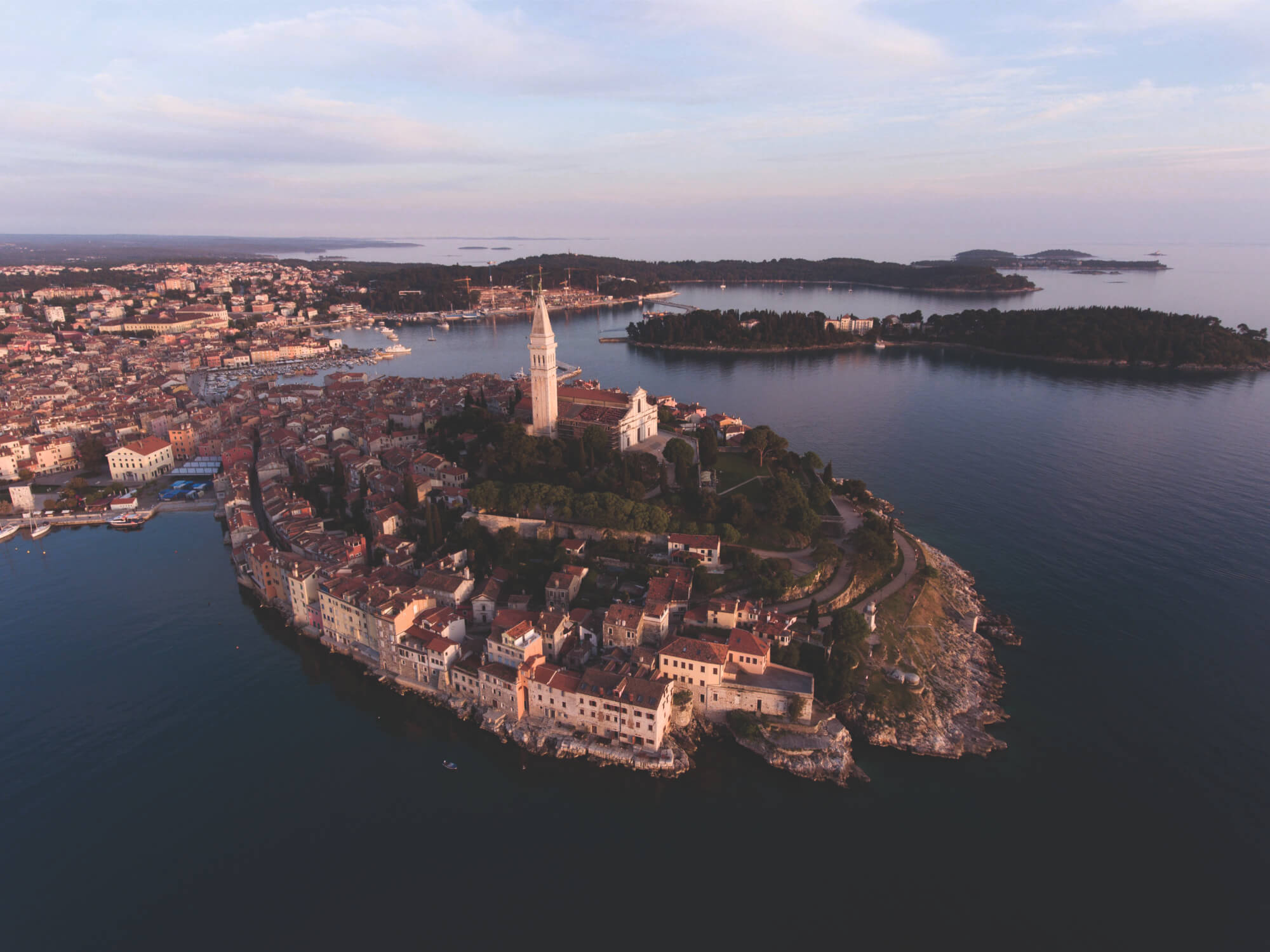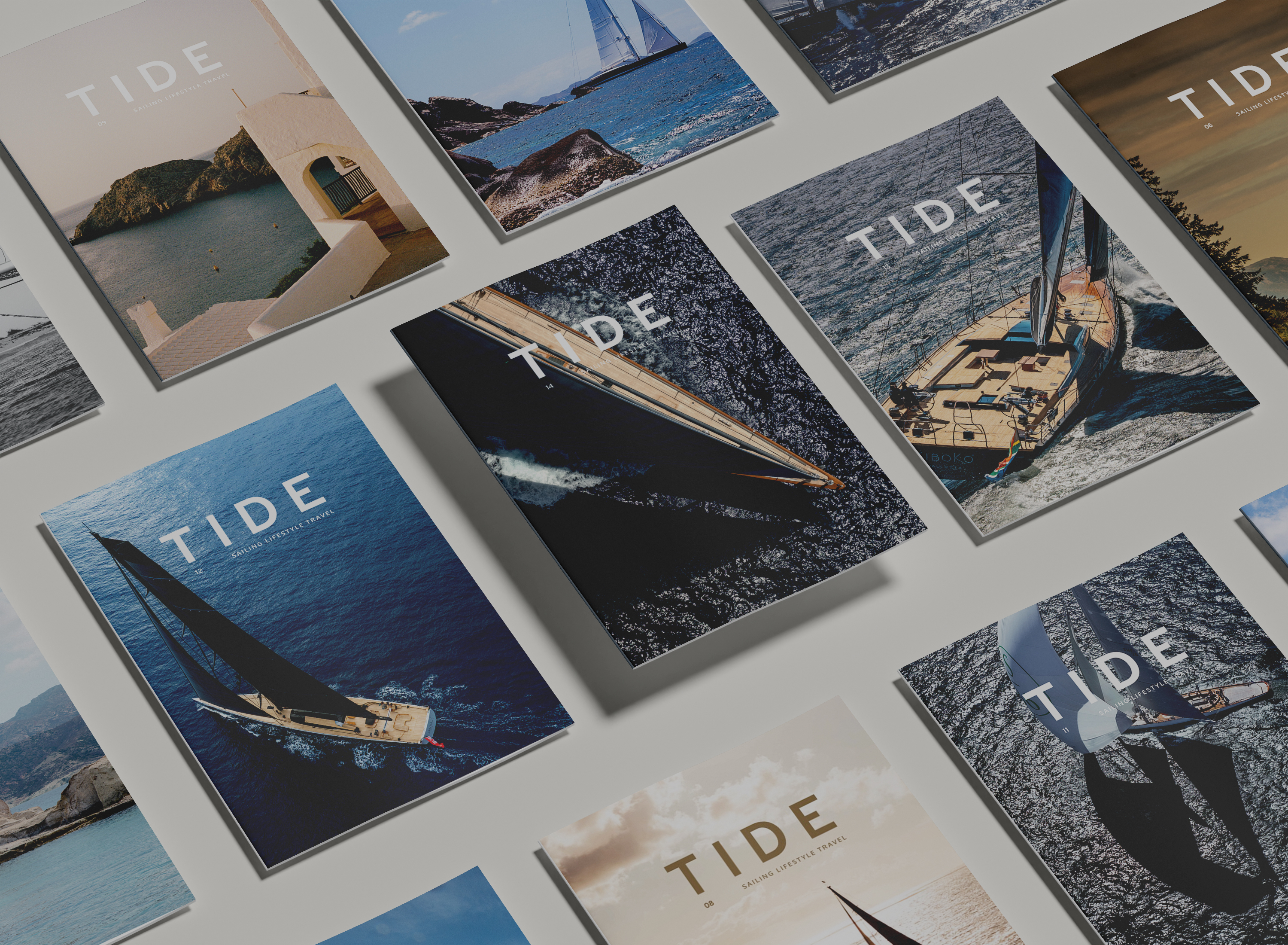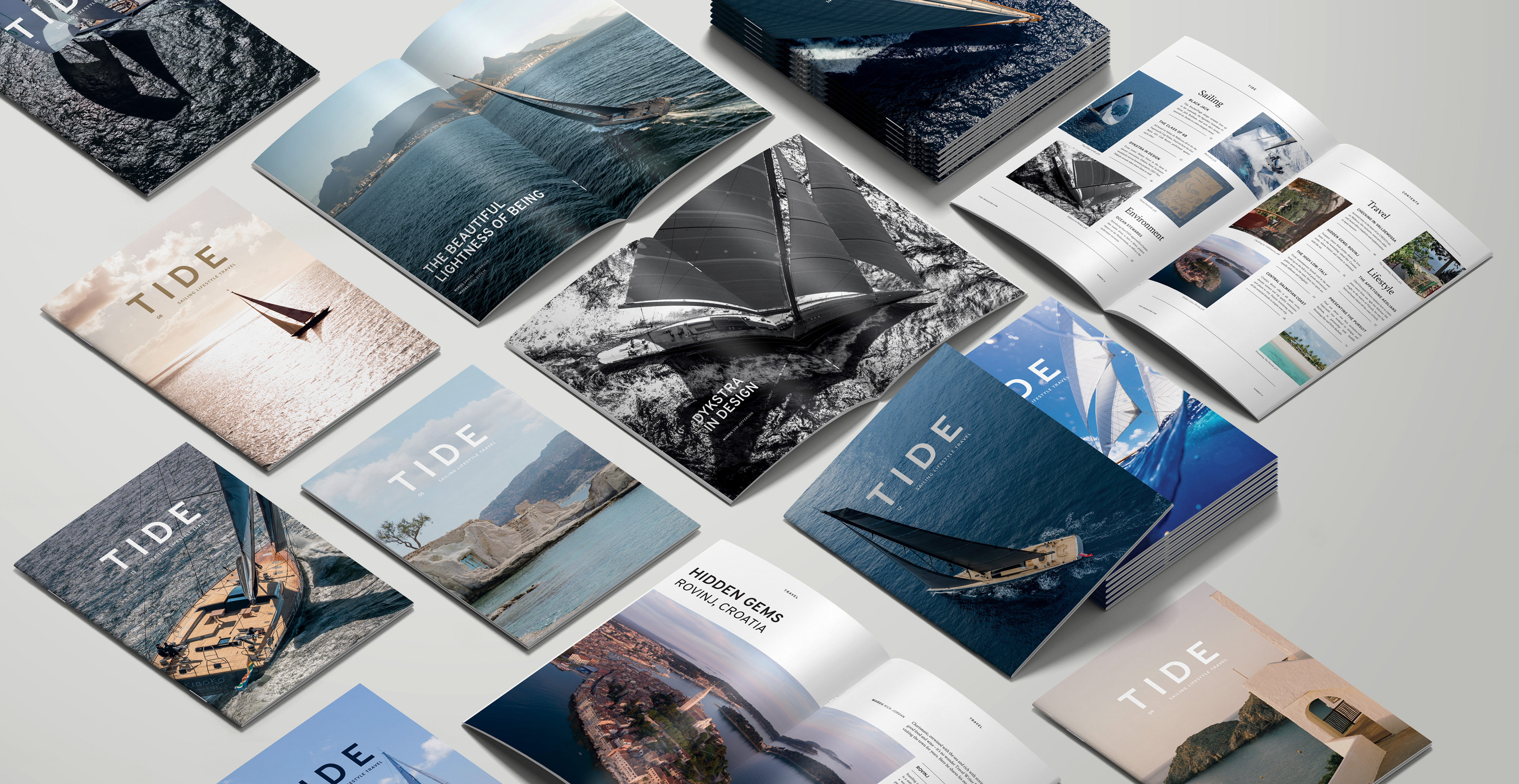With more than 365 islands and cays – one for every day of the year – the San Blas Islands are a place where slow living is a way of life. Think languid, sun-drenched mornings spent sailing from island to island, where local fishermen row straight up to the aft deck to haul fresh-caught lobster in rough-hewn rope nets for your dinner. Warm afternoon sun showers give way to clean, clear skies and the most ethereal sunsets, full of pastel puffs of cloud. In the San Blas, clocking off isn’t an option and relaxation isn’t a choice – it’s a lifestyle.
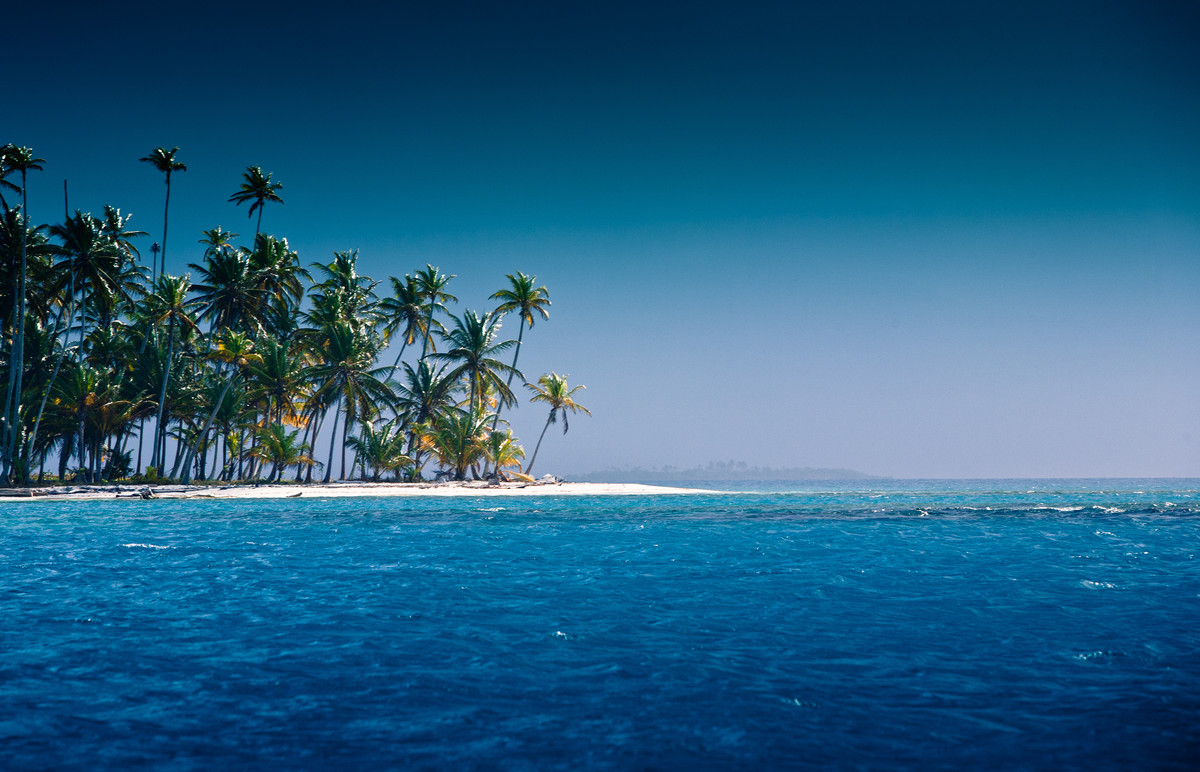
The ideal of an island paradise is one that appeals to many, but few have the opportunity to really live it. The San Blas Archipelago, however, transcends any ordinary definition of tropical bliss. This corner of the Caribbean, just off the north coast of the Isthmus of Panama, is a haven for ecotourism, known for its unspoiled beauty – and, for sailors, a total lack of hurricanes. Here, time takes on a different cadence: the rhythm of the tides dictates the day, and each sunset signals a gentle transition from one otherworldly beauty to another; that of the bright night sky.
These lands, an autonomous territory of Panama called Guna Yala (meaning, ‘the land of the Guna’), are home to the indigenous Guna people. Of their more than 300 islands, only 49 are inhabited – and fewer each year, due to rising seas. The Guna are the islands’ custodians, stewards responsible for maintaining the ecosystems’ health and wellbeing. As a result, not all the islands are open for visitors. Couple that with the fact that these islands aren’t easy to get to, and it’s easy to understand why the San Blas aren’t on everyone’s radar. But that’s a feature, not a defect, and is quite possibly the point: it’s not unusual to find yourself the sole visitor for miles around. You won’t find high-speed WiFi here; electricity itself is scarce. There’s not much to do; beyond the biggest of the islands, bars and restaurants are a rarity. But if you’re a fan of truly getting off the beaten path, this is the closest thing you’ll find
to paradise.
Gaigirgordub
Known as El Porvenir until 2016, Gaigirgordub is the biggest island in Guna Yala, considered the capital of the region. The Guna have maintained political autonomy from Panama since 1925, and they strictly control any and all tourism. It’s here you’ll pay the regional visitor’s tax and learn the local regulations. The Guna have strictly forbidden visitors looking to fish or scuba dive, for example, though snorkelling is encouraged. It’s also here that you’ll learn more about their thriving local economy: coconuts are a form of currency here, so collecting them for yourself is inhibited. This is also one of the only places you’ll find brick-and-mortar stores. If you haven’t already brought your basics, this is likely your last chance to do so. Shop-bought luxuries are few and far between once you leave.
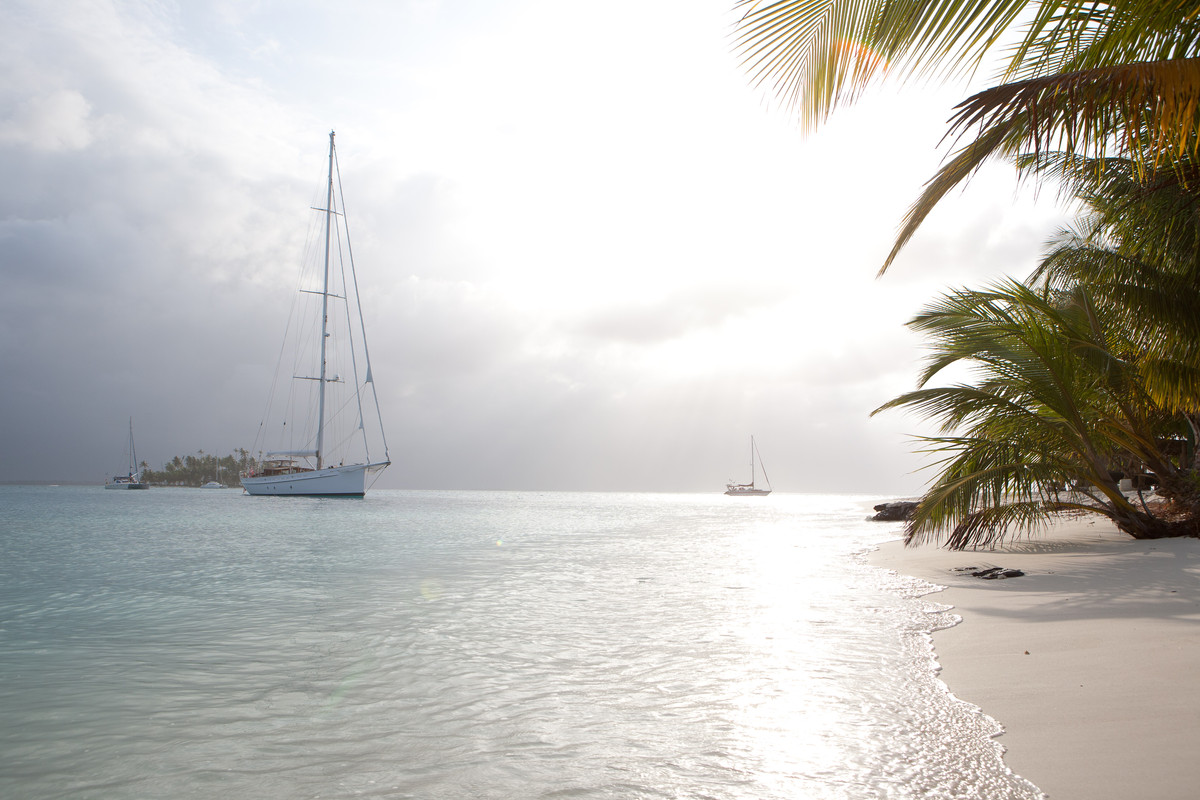
But that’s no hardship; this island is the first taste of what you’ll find in the rest of the region: clear waters, soft white sand beaches, sunny, blue skies. Spend a day lazing around the island and get to know the local culture. You can pick up some beautiful, handcrafted textiles called molas, with colourful geometric designs inspired by the cosmos, the Guna’s beliefs and history, and the local environment – though many of the islands are inhabited by single family units that don’t often have the opportunity to sell, so you may wish to wait to purchase
from them.
You can also try the islands’ signature cocktail: the Loco Coco, a fresh coconut cracked open with a heavy pour of dark rum.
Isla Perro
Renowned as one of the top snorkelling spots in the archipelago, Isla Perro (‘Dog Island’) boasts bright blue waters with excellent visibility teeming with vibrant coral reefs and a kaleidoscope of marine life. The waves also protect a well-preserved favourite diving spot: a sunken army gunboat. Divers can explore the haunting beauty of the submerged vessel alongside the intricate marine ecosystem that has since claimed it as a new habitat.
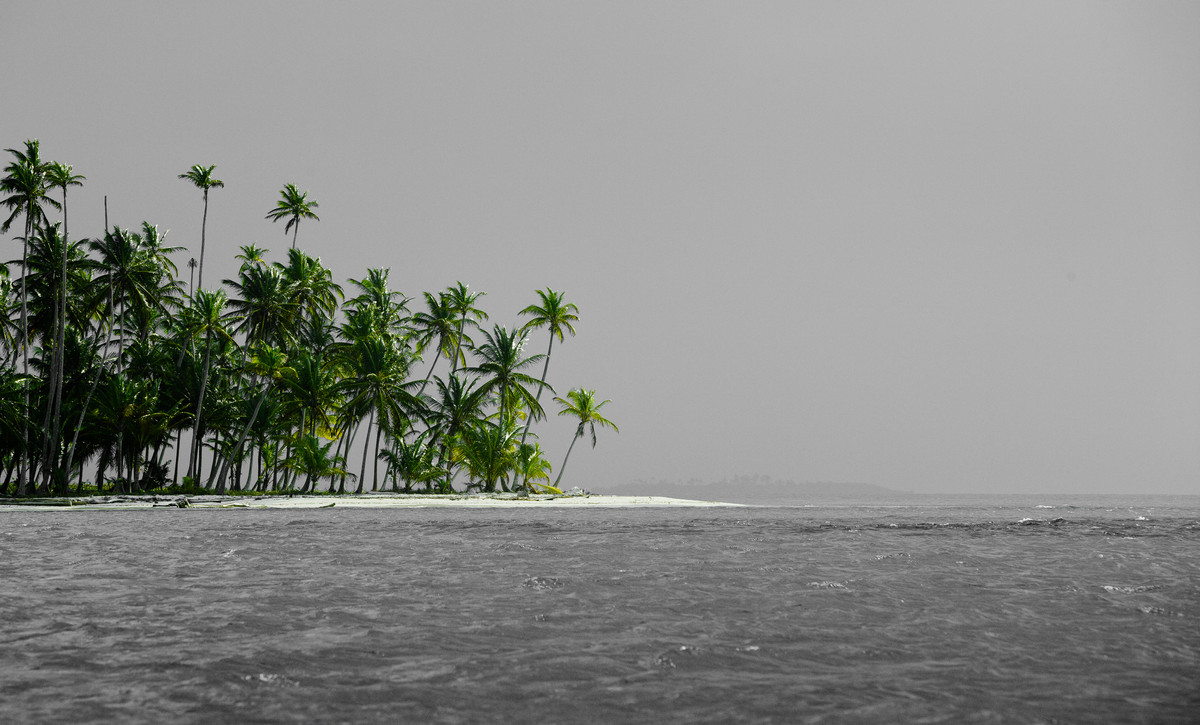
But as the sun dips below the horizon, the magic of Isla Perro truly comes alive – bioluminescent displays from small squids and plankton illuminate the night, transforming the sea into an ephemeral dance of light.
Gordigub Island
One of the more popular tourist attractions is Gordigub Island, known in Spanish as Isla Pelicano (‘Pelican Island’), rising to fame as one of the backdrops as the paradisiacal hideaway for Tokyo and Rio in Netflix’s Money Heist. The show used several islands, in fact, but Isla Pelicano is by far the most recognisable.
This particular spot is tiny; the island is filled with palm trees and a few small villas. There’s little to do here, and that is the point. Lounge around on the beach, spend the day swimming, and string up a hammock between the island’s many coconut palms.
Cayos Holandes
Cayos Holandes is a small archipelago within the wider San Blas archipelago. It consists of 21 islands protected by a 7-mile-long coral reef. These waters are known to be the clearest in all of Guna Yala, so it’s perfect for watersports. These islands are also the furthest from mainland Panama, so it’s likely you’ll be the only visitors.
Nearby is Swimming Pool anchorage, to the east of the Cayos Holandes. It’s quite a popular spot and not far from BBQ Island – whose name comes from the many barbecues that those visiting by yacht have on the island. It’s a gorgeous spot with clear views of the horizon – magical for watching the sun go down.
Cayos Chichime
The Chichime Cay was the real-life screensaver for Windows XP and Vista back in the day. A few Guna families maintain these islands, and while there are no stores, you can buy fresh coconuts, lobsters, crabs and molas. On some days, you might even find bread on one of the islets, cooked over a coconut-husk fire.
